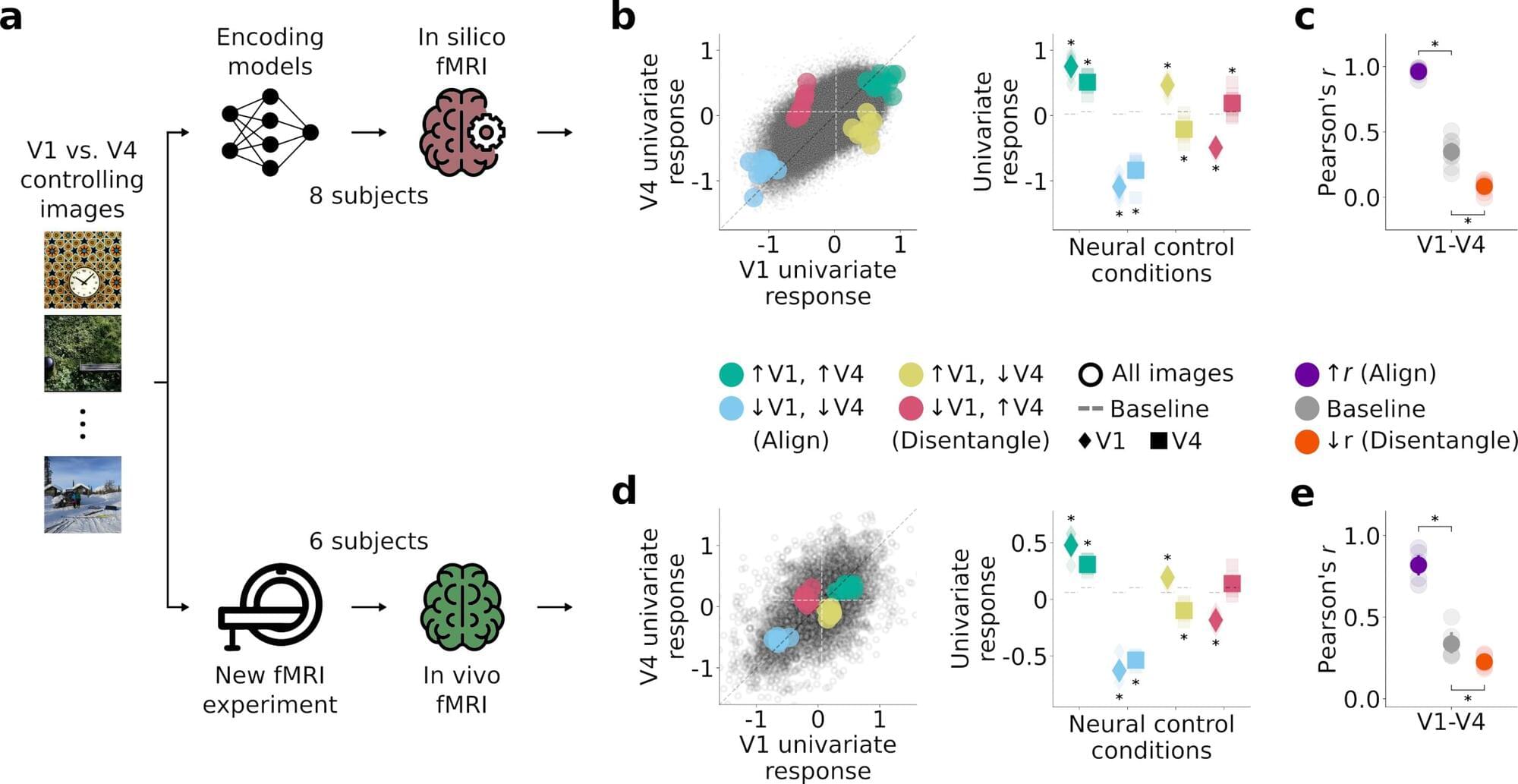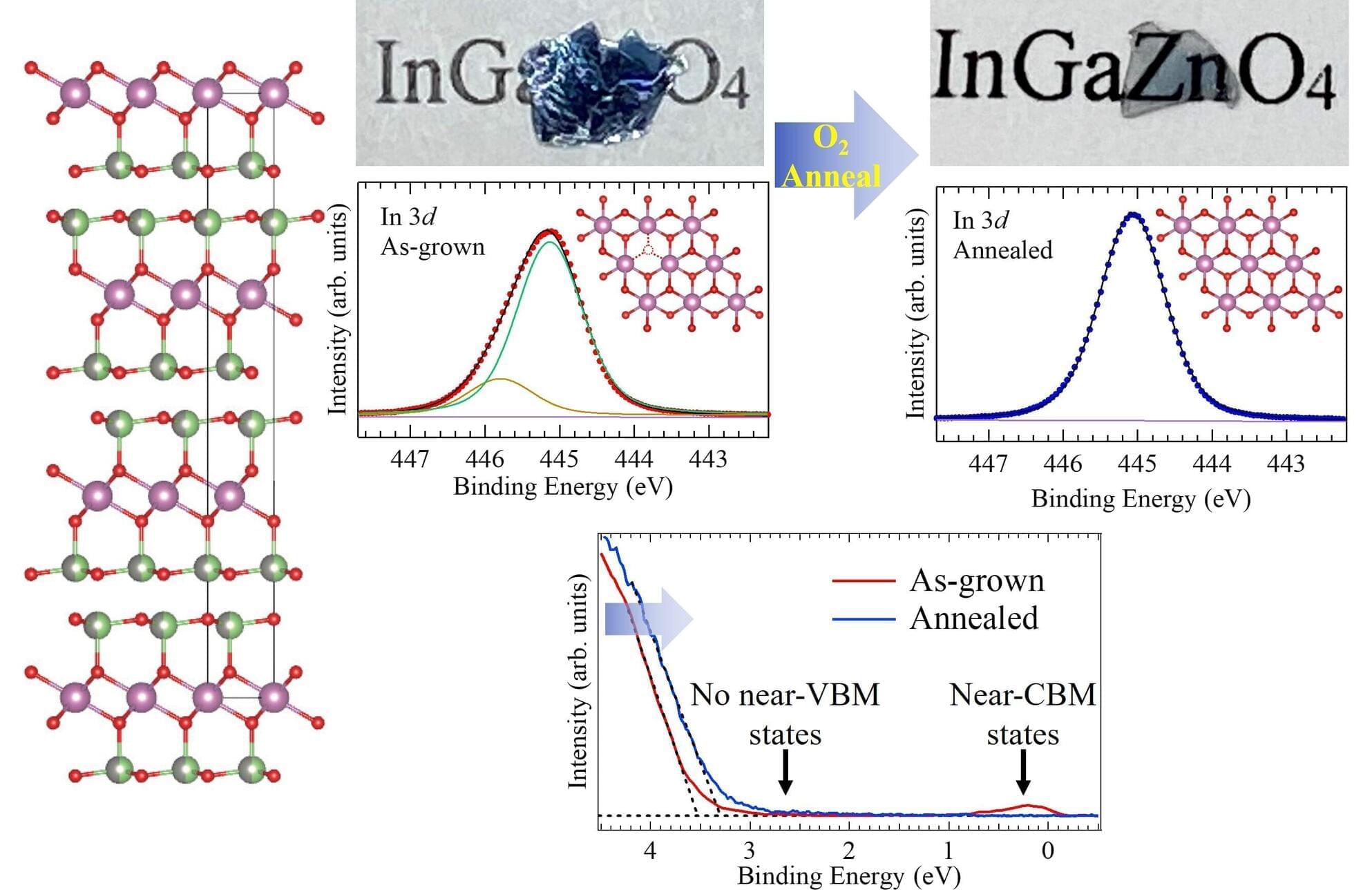Understanding how the human brain represents the information picked up by the senses is a longstanding objective of neuroscience and psychology studies. Most past studies focusing on the visual cortex, the network of regions in the brain’s outer layer known to process visual information, have focused on the contribution of individual regions, as opposed to their collective representation of visual stimuli.
Researchers at Freie Universität Berlin recently carried out a study aimed at shedding new light on how regions across the human visual cortex collectively encode and process visual information, by simulating their contribution using computational models. Their findings, published in Nature Human Behaviour, highlight specific rules that could govern the relations between these different regions of the visual cortex.
“Most of us take seeing for granted, but the process is surprisingly complex,” Alessandro Gifford, first author of the paper, told Medical Xpress. “When we look at the world, it’s not just our eyes doing the work—it’s our brain, specifically an area at the back called the visual cortex. Think of the visual cortex as a team of specialists. Each member of the team (or brain region) handles a different aspect of what we see—one might focus on shapes, another on motion, another on faces.”









